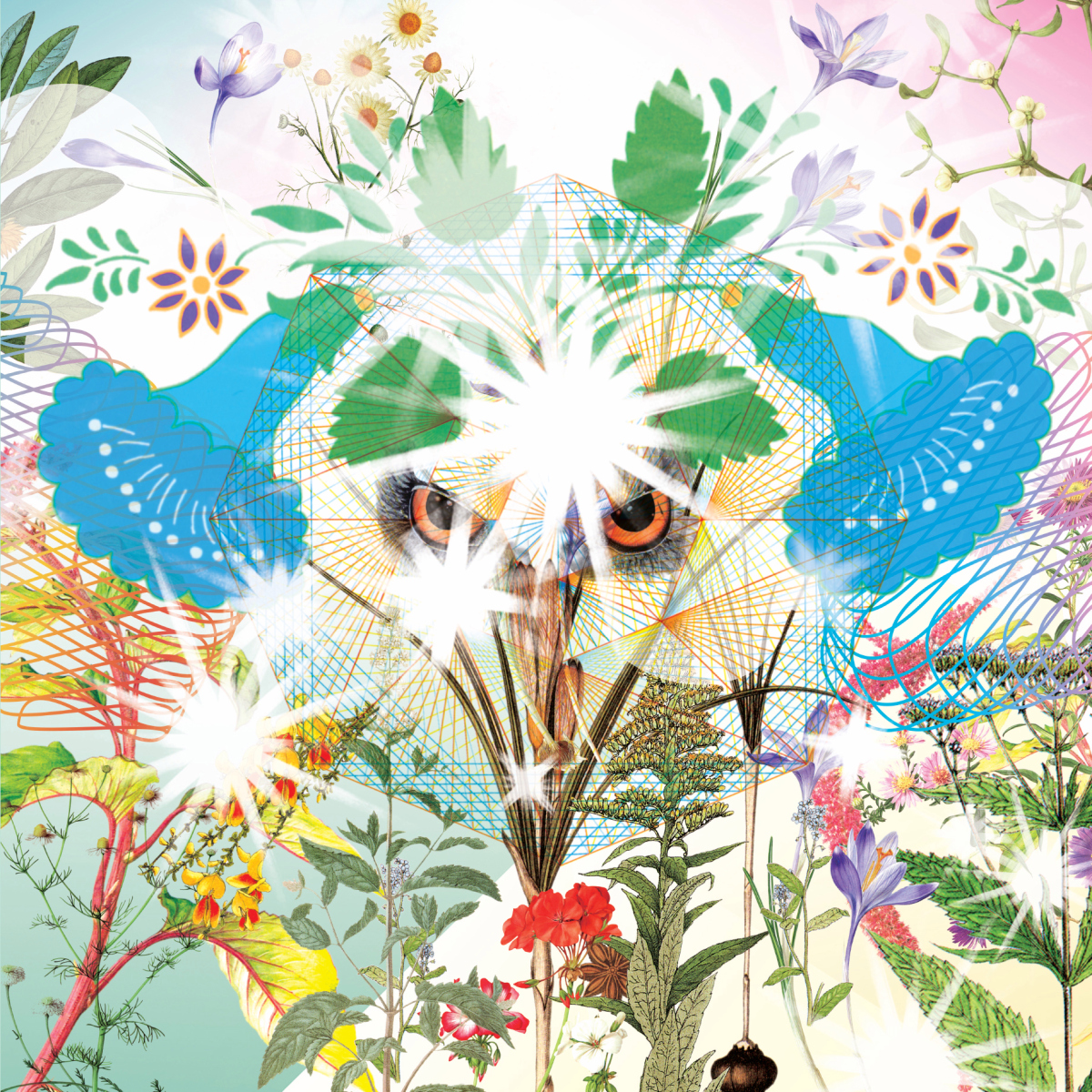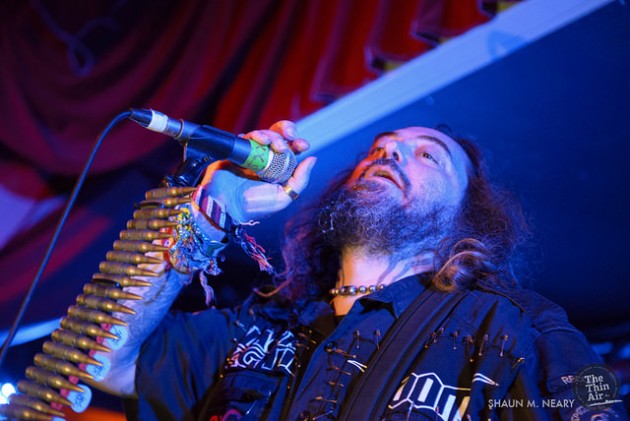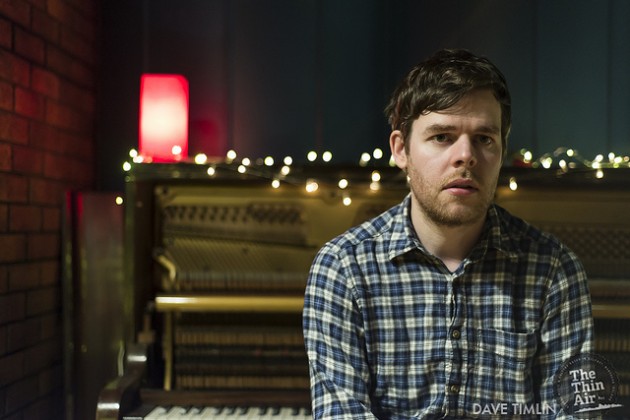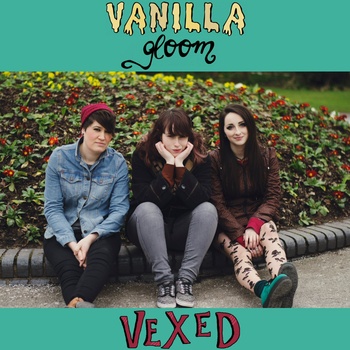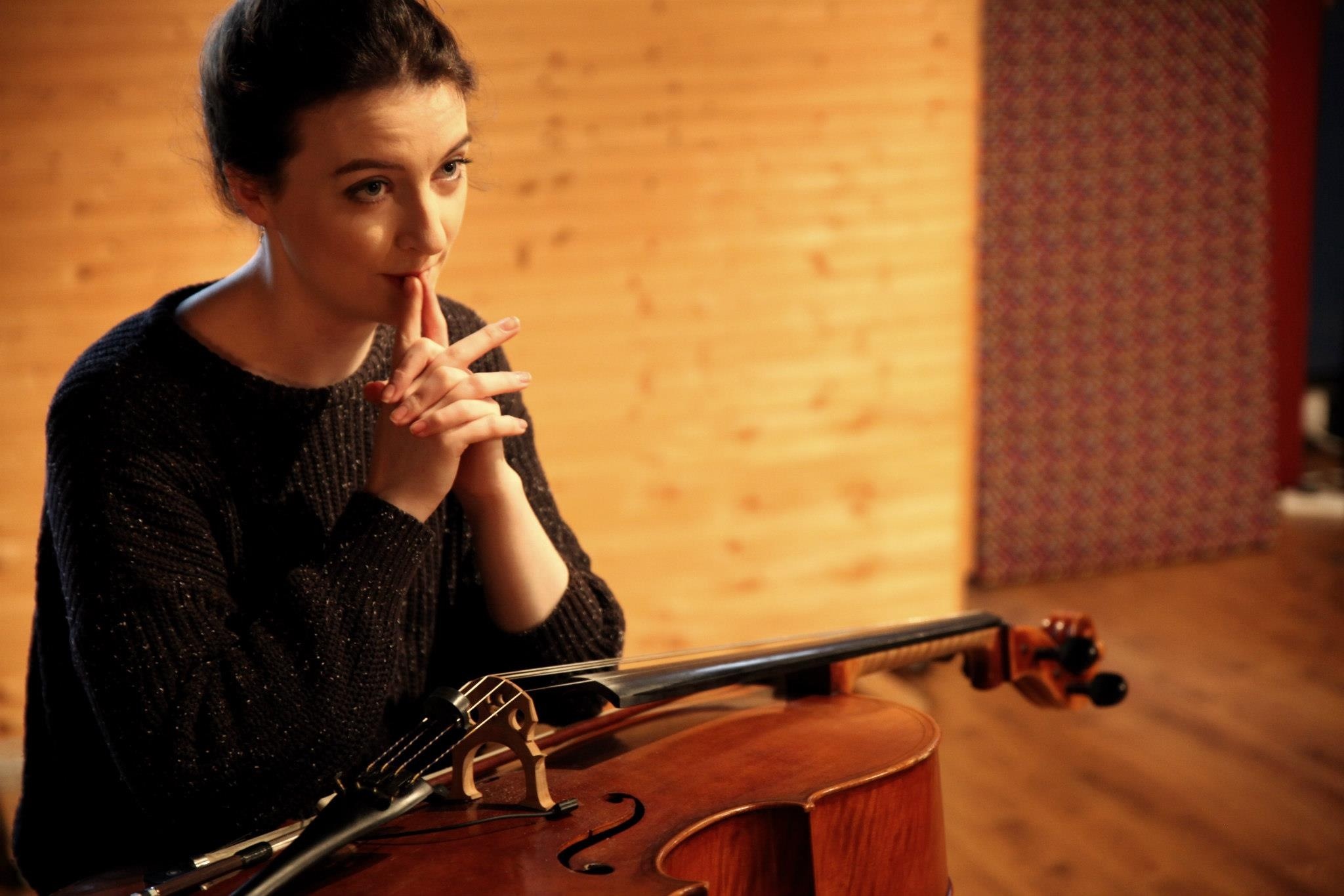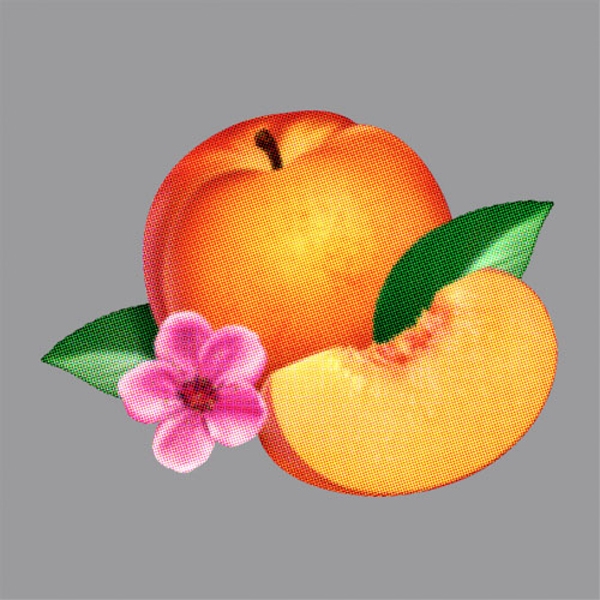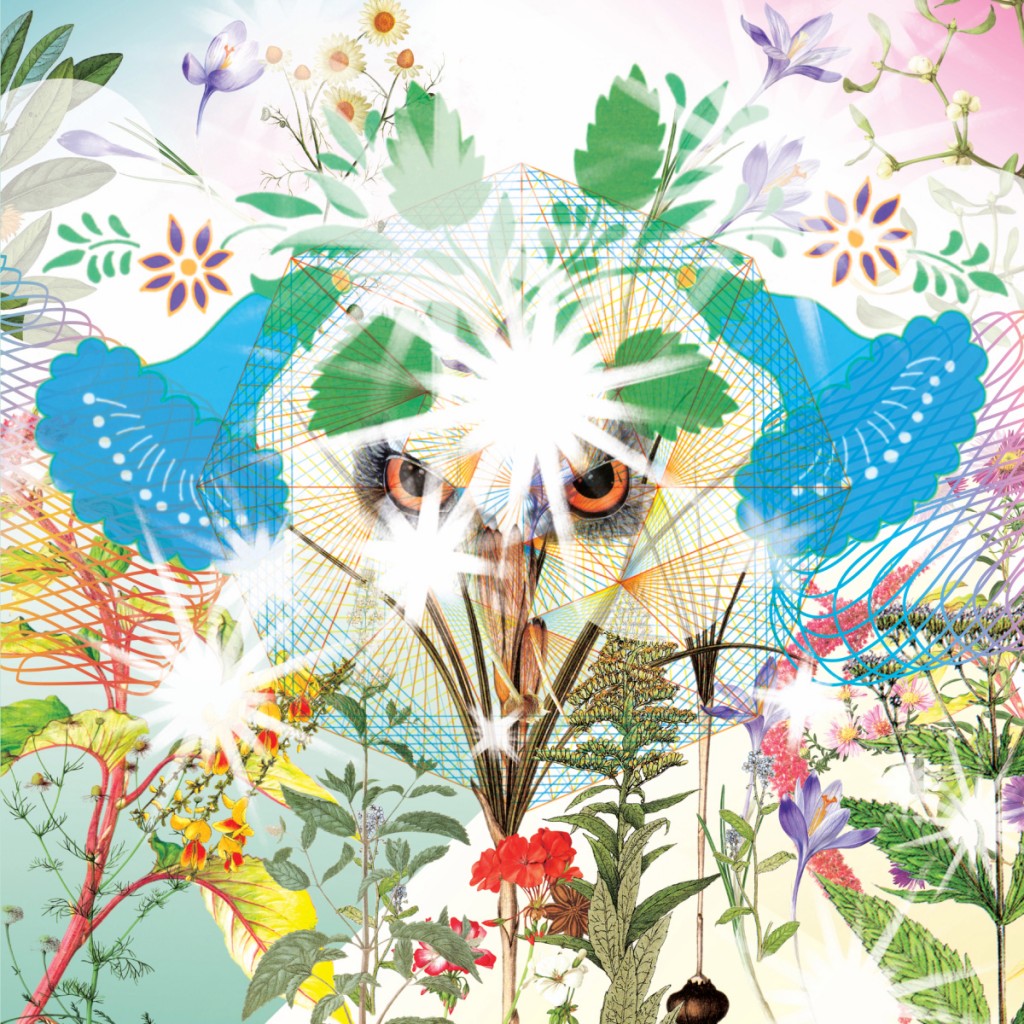
Today’s word of the day is metallophones. This group of musical instruments is the key to the Gamelan musical traditions of Indonesia that provide the bedrock for Gamel. Basically, any tuned metal you can hit with a mallet is covered by the term, and since most Westerners are only likely to have come across a glockenspiel and maybe a vibraphone it becomes a useful umbrella term covering an embarrassment of ignorance.
It is within Gamelan that OOIOO have perhaps discovered their musical home. Six albums and nearly twenty years of experimental improvisation by Yoshimi and her cohorts have led them to a setting that comfortably embraces their oeuvre. What may at first still seem like experimental rock explorations but with bells on (almost literally), is in fact an attempt to simplify and bolster the accessibility of an ancient sound of ritual and ceremony.
Most of us will be tourists here so don’t feel ashamed. Cultural learning is a good thing no matter how disreputable you might consider your route choice. Gamelan is built upon repetitious metallophone rhythms which form a backdrop to harmonised vocal chants and extended improvisations on select instruments. Taking this context into account, Gamel’s eleven songs in one hour is decidedly power-pop.
Make no mistake though, this is not to be filed under Easy Listening, it won’t be for everyone, and if you happen not to be a fan of metallophones (of any kind) then it would be best to move swiftly along. However, OOIOO provide some syrup to help it go down easy. Their conviction to the sound seems so vehement that they are probably apologetic about the fluid basslines, and electric guitar threads that permeate throughout and dilute the style. Repetition is stifled before it’s ever allowed to take hold. A fresh vocal hook, a shift in rhythm, another guitar vamp, just as things threaten to become monotonous – something new arrives to grab centre stage. It’s perhaps what most sets their version apart from the more meditative original.
‘Don Ah’ is a bold opening statement. An ambitious structure provides an overview of what’s to come over the following ten tracks, none of which attempt such a complex arrangement. Bells and simple vocals grow organically to a crescendo that leads on to a fuller band version of the same theme. Jittery drums and a warm bass get spiked with beautifully reverbed guitar chops that instantly recall John McLaughlin‘s tone on Miles Davis’ Jack Johnston. The next phase introduces shades of early Santana and the pioneering post rock of Tortoise which in turn leads us into a sweet French-African chant to finish. A challenging ten minutes maybe, but the stage is well and truly set. The rest of the album samples all these ingredients to a greater or lesser extent for each track. The African element initially seems like a simple anomaly, that is until the penultimate track when ‘Kecupat Aneh’ materialises incongruously as a full on West African Highlife workout. On any other OOIOO album that stylistic shift might seem perfectly natural, but here it’s like finding a carburettor in a basket of apples, such is the strength of their current convictions to Gamelan.
Though it could easily be seen as cultural hijack, the intentions of OOIOO in their adopting of this ancient tradition seem genuine. It is a lineage that offers purpose to their experiments and a theme to help tie things together. As a result, Gamel has less of a disparate quality than that of their previous output. By rights, having found their spiritual seat, OOIOO should continue in this vein forever, endlessly distilling themselves to the pure sound of an everlasting bell. But one fully expects their next effort to be chucking that carburettor into a knitted tent with a cabbage, a hatstand and a portrait of Kissinger. Jonathan Wallace
[soundcloud url=”https://api.soundcloud.com/tracks/132380766″ params=”auto_play=false&hide_related=false&show_comments=true&show_user=true&show_reposts=false&visual=true” width=”100%” height=”450″ iframe=”true” /]

